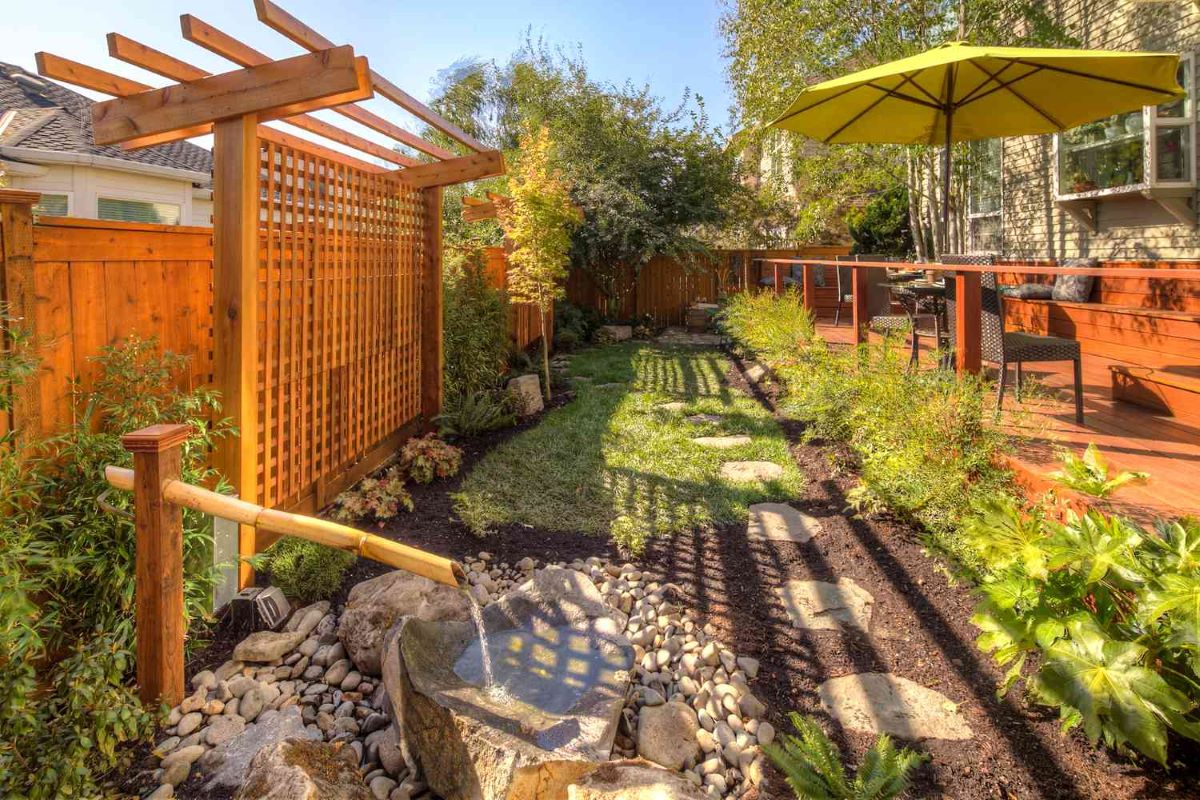

Articles
What To Put On Fence For Privacy
Modified: October 20, 2024
Looking for articles on what to put on your fence for privacy? Discover effective and stylish solutions to create a private and secure outdoor space.
(Many of the links in this article redirect to a specific reviewed product. Your purchase of these products through affiliate links helps to generate commission for Storables.com, at no extra cost. Learn more)
Introduction
When it comes to creating a private oasis in your backyard, a fence can be a great solution. But sometimes, ordinary fences are not enough to provide the privacy you desire. Whether you want to shield yourself from prying eyes, buffer noise from the outside world, or simply create a cozy and secluded space, there are several options available to enhance the privacy of your fence.
In this article, we will explore seven different options to amp up the privacy factor of your fence. From practical solutions like privacy slats and mesh to creative alternatives such as natural materials and hanging plants, there are choices for every style and budget. So, let’s dive in and find out how you can transform your fence into a private sanctuary.
Key Takeaways:
- Enhance your fence’s privacy with options like privacy slats, natural materials, hanging plants, and DIY screens. Choose based on style, budget, and privacy needs to create a secluded outdoor oasis.
- Consider practical solutions like privacy mesh, vinyl or wood panels, and outdoor curtains for versatile privacy enhancement. Embrace creativity with DIY privacy screens to customize your outdoor space.
Read more: How To Decorate A Privacy Fence
Option 1: Privacy Slats
Privacy slats are an excellent choice if you already have a chain-link fence and want to add extra privacy. These slats are specially designed to fit into the chain-link pattern, creating a barrier that blocks the view from outside.
Privacy slats come in various materials, including plastic, aluminum, and vinyl. They are easy to install and require minimal maintenance. Additionally, they are available in different colors and styles, allowing you to customize your fence to match your aesthetic preferences.
One of the advantages of privacy slats is that they provide privacy without completely blocking airflow. This is important if you live in an area with high winds or if you want to maintain a sense of openness in your backyard.
Another benefit of privacy slats is that they can help to deter both human and animal intruders. By obstructing the view into your yard, privacy slats make it harder for potential burglars or stray animals to assess the contents of your property.
To install privacy slats, you will need to purchase the correct size for your fence and follow the manufacturer’s instructions. Typically, the slats are inserted vertically into the chain-link mesh and secured in place.
Overall, privacy slats offer a practical and cost-effective solution for adding privacy to your existing fence. They are durable, easy to install, and offer versatility in design. Consider this option if you want to maintain airflow while creating a visual barrier for your outdoor space.
Option 2: Privacy Mesh
If you have a fence that lacks sufficient privacy, privacy mesh can be a great solution. It is a mesh-like material that can be easily attached to the existing fence, providing an instant privacy upgrade.
Privacy mesh is made from durable materials such as polyethylene or PVC, which are weather-resistant and withstand the elements. It is available in a variety of colors and styles, allowing you to choose the one that complements your outdoor aesthetic.
The installation process for privacy mesh is relatively simple. You need to unroll the mesh and attach it to your existing fence using zip ties or special fasteners. Make sure to secure it tightly to ensure maximum privacy.
Privacy mesh offers several benefits beyond creating a visual barrier. It also acts as a windbreak, reducing the amount of wind that enters your outdoor space. This can be particularly advantageous if you live in an area prone to strong winds.
Furthermore, privacy mesh provides some level of shade, making your outdoor area more comfortable during hot summer months. It also helps to minimize noise from the surrounding environment, giving you a quieter and more peaceful retreat.
Apart from its functional benefits, privacy mesh is also an attractive option. The mesh patterns can add visual interest to your fence, enhancing the overall look of your outdoor space.
Keep in mind that privacy mesh may require periodic cleaning to remove dirt, debris, and mildew. Simply wash it with a hose or warm soapy water to keep it looking fresh and clean.
Overall, privacy mesh provides an affordable and effective way to enhance the privacy of your fence. It offers versatility in design, weather-resistance, and additional benefits like shade and noise reduction. Consider privacy mesh as a viable option for creating a more secluded and enjoyable outdoor environment.
Option 3: Natural Materials
If you prefer a more organic and environmentally-friendly approach to enhancing privacy, incorporating natural materials into your fence design is a fantastic option. Not only will it provide privacy, but it will also add a touch of natural beauty to your outdoor space.
When we talk about natural materials, we’re referring to materials like bamboo, reed, willow, or even tall shrubs and trees. These materials can be used to create a living fence or as decorative elements that are attached to an existing fence.
Bamboo is a popular choice due to its durability and rapid growth. It can be installed in a variety of ways, such as using bamboo panels, rolls, or even planting clumping bamboo directly into the ground. Bamboo not only provides excellent privacy but also adds a tropical and exotic ambiance to your outdoor area.
Reed and willow are other natural materials that can be used to create privacy fences. They are lightweight and flexible, making them easy to install. These materials are woven together to create a fence that offers privacy while still allowing some airflow.
If you have the space, planting tall shrubs and trees along your fence line is an effective way to create a natural privacy screen. Opt for species that grow dense foliage, such as arborvitae, holly, or juniper. As they grow, they will provide both privacy and a beautiful green backdrop for your outdoor space.
When using natural materials, it’s important to consider their maintenance requirements. Regular trimming and pruning may be necessary to keep them in shape and prevent them from becoming overgrown. Additionally, some natural materials may require occasional treatment to prevent rotting or pest infestations.
Overall, using natural materials to enhance privacy in your outdoor space can bring a sense of tranquility and beauty. It allows you to create a more harmonious connection with nature while enjoying the seclusion you desire. Consider this option if you value sustainability and want to add a touch of natural charm to your fence.
Option 4: Vinyl or Wood Panels
If you’re looking for a more traditional and solid solution to increase privacy, vinyl or wood panels are the way to go. These panels offer excellent privacy and can be customized to match the style of your home and outdoor space.
Vinyl panels are a popular choice due to their durability and low maintenance requirements. They are resistant to rotting, warping, and fading, making them ideal for outdoor use. Vinyl panels come in various styles, such as solid panels or panels with decorative cutouts, allowing for personalization.
Wood panels, on the other hand, offer a timeless and natural aesthetic. They can be made from different types of wood, including cedar, pine, or redwood. Wood panels can be stained or painted to match your desired look. Keep in mind that wood panels may require regular staining or painting to maintain their appearance and protect them from weather damage.
Both vinyl and wood panels can be easily installed by attaching them to your existing fence posts or by building a standalone fence. Panels are typically available in standard sizes, but custom sizes can also be ordered to fit your specific requirements.
One of the advantages of using vinyl or wood panels is that they provide complete privacy, blocking both view and noise. This can be particularly valuable if you live in a busy neighborhood or near a noisy road. Privacy panels also offer an added layer of security, as they make it difficult for intruders to access your property unseen.
It’s important to note that vinyl and wood panels may limit airflow, so consider installing a gate or window-like cutouts in the panels to allow for ventilation. Additionally, ensure that your fence adheres to any local regulations or homeowners association rules.
Whether you prefer the sleek and modern look of vinyl or the rustic charm of wood, both options provide privacy and aesthetics. Consider vinyl or wood panels if you want a sturdy and long-lasting solution that offers maximum privacy and complements your outdoor style.
You can add privacy to your fence by installing privacy slats, hanging outdoor curtains, or planting tall bushes or vines along the fence line.
Read more: How To Cover A Fence For Privacy
Option 5: Hanging Plants or Vertical Gardens
If you’re looking to add a touch of greenery to your outdoor space while also enhancing privacy, hanging plants or vertical gardens are a fantastic option. They not only create a visual barrier but also bring beauty and life to your fence.
Hanging plants can be easily suspended from hooks or brackets on your fence, creating a cascading curtain of foliage. Choose plants that are known for their trailing or vining growth habit, such as pothos, ivy, or trailing petunias. These plants will grow downwards, covering your fence with lush greenery.
Vertical garden systems are another popular choice, especially if you have limited horizontal space. These systems allow you to grow plants vertically along your fence by using specially designed planters or containers. You can choose from a variety of vertical garden systems, including pocket planters, modular systems, or even DIY options.
When selecting plants for hanging or vertical gardens, consider their light requirements and ensure they are suitable for your specific climate. Opt for plants that thrive in your area and require minimal maintenance. Additionally, choose plants with dense foliage to maximize privacy and create a lush and vibrant display on your fence.
One of the benefits of hanging plants or vertical gardens is that they not only provide privacy but also help to improve air quality and create a more calming and serene environment. Plants naturally absorb pollutants and release oxygen, making your outdoor space fresher and more inviting.
It’s important to consider the watering needs of your hanging plants or vertical gardens. Make sure to water them regularly, as they may dry out more quickly than ground-planted plants. Additionally, provide adequate drainage for the planters or containers to prevent waterlogging.
By incorporating hanging plants or vertical gardens into your fence design, you can transform a plain structure into a lush and private oasis. This option allows you to bring the beauty of nature closer to you, while also enjoying the benefits of privacy and improved air quality.
Option 6: Outdoor Curtains or Blinds
If you’re looking for a flexible and easily customizable option to enhance the privacy of your fence, outdoor curtains or blinds are an excellent choice. They not only provide privacy but also give you the ability to control the amount of sunlight and airflow in your outdoor space.
Outdoor curtains are available in a variety of materials, such as weather-resistant polyester or acrylic fabrics. These curtains can be hung from hooks or curtain rods attached to your fence, creating a stylish and functional privacy screen. Choose curtains that are specifically designed for outdoor use to ensure durability and longevity.
Outdoor blinds, on the other hand, are typically made of durable materials like PVC or bamboo. They can be easily rolled up or down to adjust the level of privacy and light as desired. Outdoor blinds offer a sleek and modern look and are particularly suitable for contemporary outdoor spaces.
One of the advantages of using outdoor curtains or blinds is the versatility they provide. You can easily change the look of your outdoor space by swapping out different curtain or blind colors and patterns. This allows for customization to match your personal style and the overall aesthetic of your outdoor area.
Another benefit is the ability to control sunlight and airflow. Outdoor curtains can be drawn closed to provide shade on a hot day or opened to invite in natural light. Outdoor blinds can be adjusted to allow for a gentle breeze or provide complete seclusion.
When choosing outdoor curtains or blinds, consider the weather conditions in your area. Look for materials that are resistant to UV rays, mold, and mildew. Additionally, opt for curtains or blinds that are easy to clean and maintain, as they will be exposed to outdoor elements.
Overall, outdoor curtains or blinds offer a practical and stylish way to increase privacy and add a touch of elegance to your outdoor space. With the ability to control light and airflow, they provide a versatile solution that can be tailored to your specific needs and preferences.
Option 7: DIY Privacy Screens
If you’re a creative and hands-on individual, constructing your own DIY privacy screens can be a fun and rewarding project. DIY privacy screens allow you to customize the design, size, and materials to perfectly suit your outdoor space and privacy needs.
There are numerous DIY privacy screen ideas that you can explore, depending on your skill level and desired aesthetic. Here are a few options to inspire your creativity:
- Wooden lattice or trellis: Create a beautiful and rustic privacy screen by building a frame with wooden posts and attaching wooden lattice or trellis panels. You can paint or stain the wood to match your outdoor decor.
- Pallet screens: Repurpose old wooden pallets by disassembling them and using the individual planks to construct a privacy screen. Arrange the planks in a pattern or design of your choice, then secure them together with nails or screws.
- Bamboo screens: Use bamboo poles to create a natural and tropical-looking privacy screen. Secure the poles together with wire or zip ties, then attach them to wooden posts or a fence for stability.
- Outdoor fabric panels: Combine fabric panels with a wooden or metal frame to create a versatile and modern privacy screen. Choose outdoor fabric that is weather-resistant and attach it to the frame using staples or Velcro.
When building DIY privacy screens, it’s important to consider the materials’ durability and weather resistance. Opt for materials that can withstand outdoor conditions, such as pressure-treated wood, rot-resistant cedar, or weather-resistant fabrics. Additionally, ensure the privacy screen is securely anchored to the ground or existing fence for stability.
DIY privacy screens not only provide the desired privacy but also add a unique and personalized touch to your outdoor space. They can be designed to match your existing decor or become a standout feature in your backyard.
Before embarking on any DIY project, it’s essential to gather the necessary tools, materials, and safety equipment. Take the time to plan and measure your space to ensure the privacy screen fits perfectly and functions as intended.
By creating your own DIY privacy screens, you can unleash your creativity and build a custom solution that meets your specific privacy requirements. So roll up your sleeves and get ready to build a privacy screen that will become a focal point in your outdoor oasis!
Conclusion
Enhancing the privacy of your fence is essential for creating a peaceful and secluded outdoor space. Whether you opt for privacy slats, privacy mesh, natural materials, vinyl or wood panels, hanging plants or vertical gardens, outdoor curtains or blinds, or DIY privacy screens, there are various options available to suit your style, budget, and privacy needs.
Privacy slats and mesh offer a practical and cost-effective solution for increasing privacy in existing fences. Natural materials, such as bamboo or reed, provide a more organic and environmentally-friendly approach, adding natural beauty to your outdoor space. Vinyl or wood panels offer durability and complete privacy, while hanging plants or vertical gardens bring a touch of greenery and serenity to your fence.
Outdoor curtains or blinds provide versatility and control over sunlight and airflow, allowing you to create a relaxing and private atmosphere. Additionally, for those who enjoy hands-on projects, building your own DIY privacy screens allows for customized designs and materials that perfectly align with your vision.
Consider the specific requirements of your space, such as wind conditions, maintenance needs, and privacy preferences, when choosing the best option for your fence. Remember to comply with any local regulations or homeowners association rules regarding fence modifications.
Whichever option you choose, transforming your fence into a private oasis will provide you with a sanctuary where you can unwind, entertain, and enjoy outdoor activities without worrying about prying eyes or unwanted distractions.
So, take the time to evaluate your needs and preferences, explore the various options available, and embark on the journey of enhancing the privacy of your fence. With the right solution, you’ll be able to create an outdoor space that is both comfortable and secluded, turning your backyard into a true retreat.
Frequently Asked Questions about What To Put On Fence For Privacy
Was this page helpful?
At Storables.com, we guarantee accurate and reliable information. Our content, validated by Expert Board Contributors, is crafted following stringent Editorial Policies. We're committed to providing you with well-researched, expert-backed insights for all your informational needs.
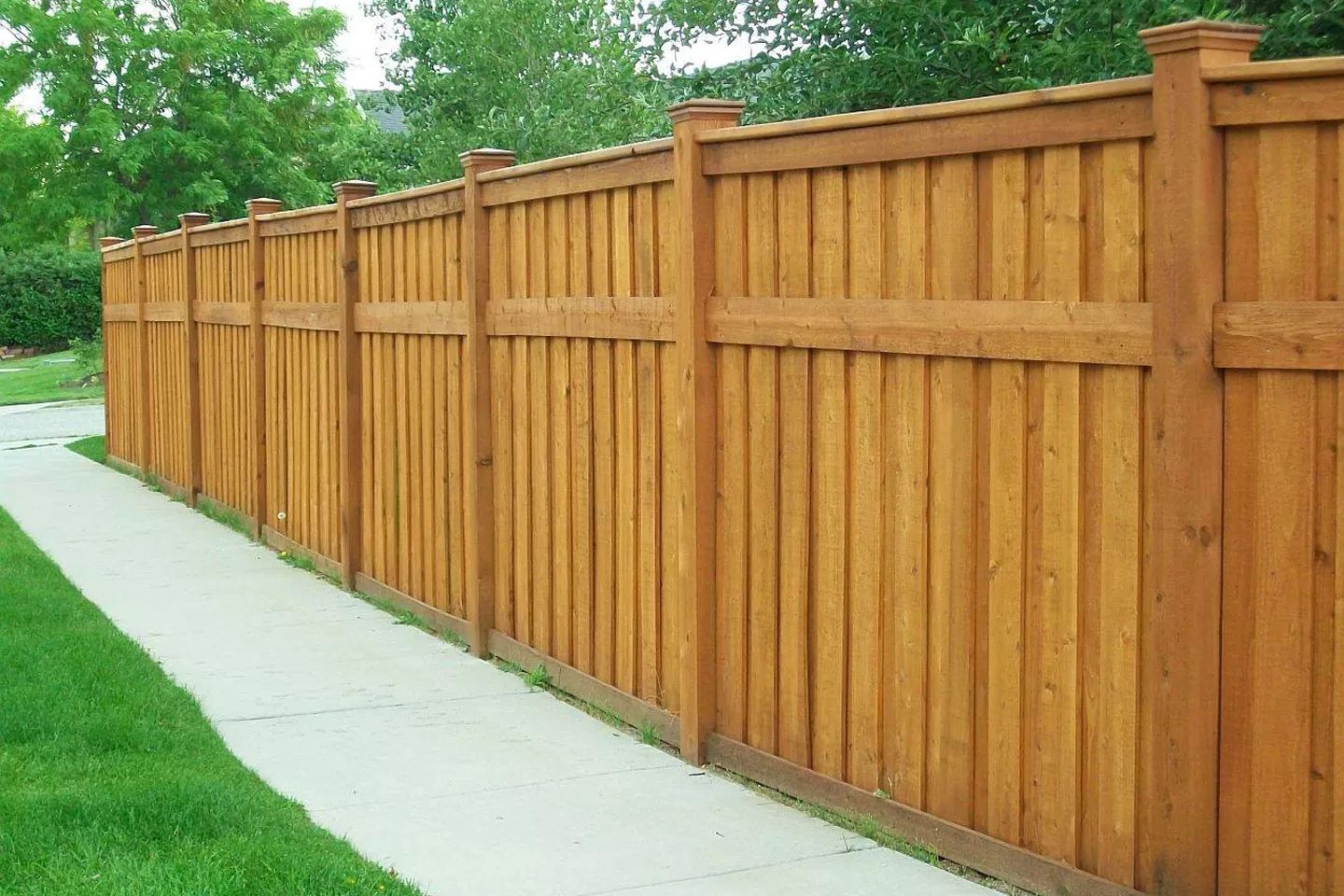
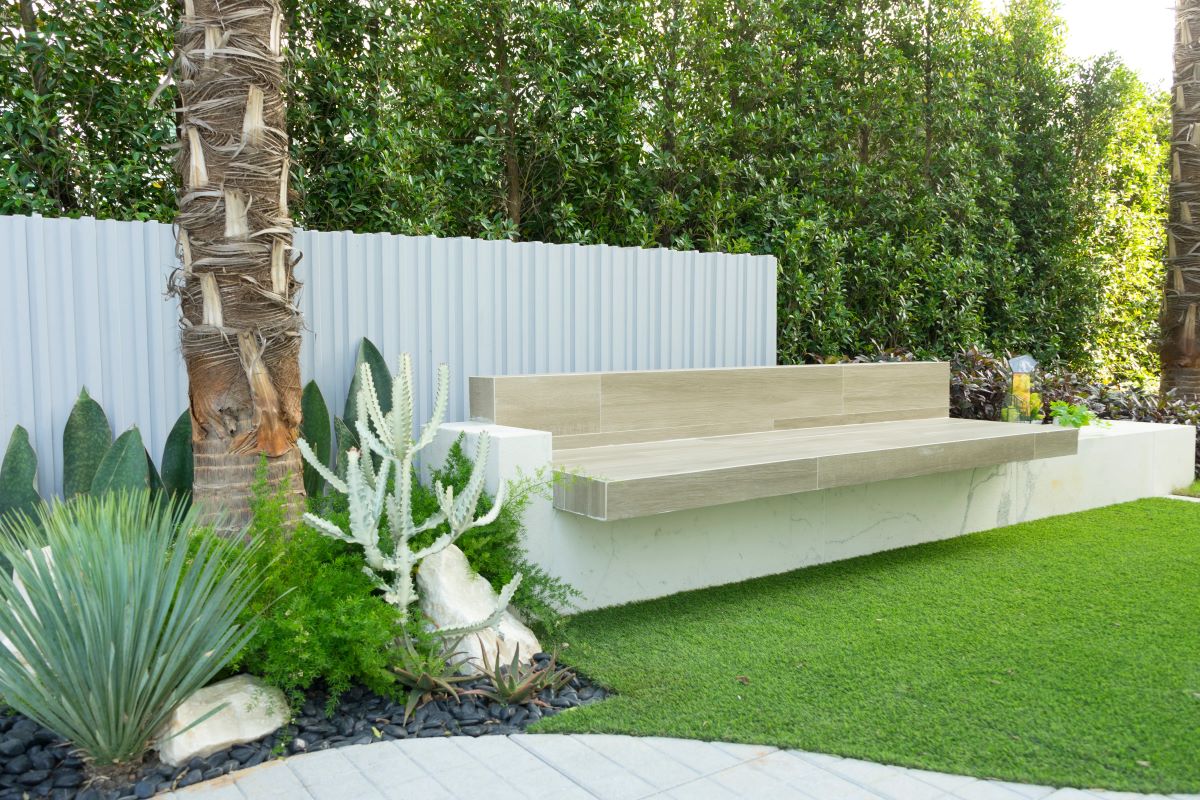
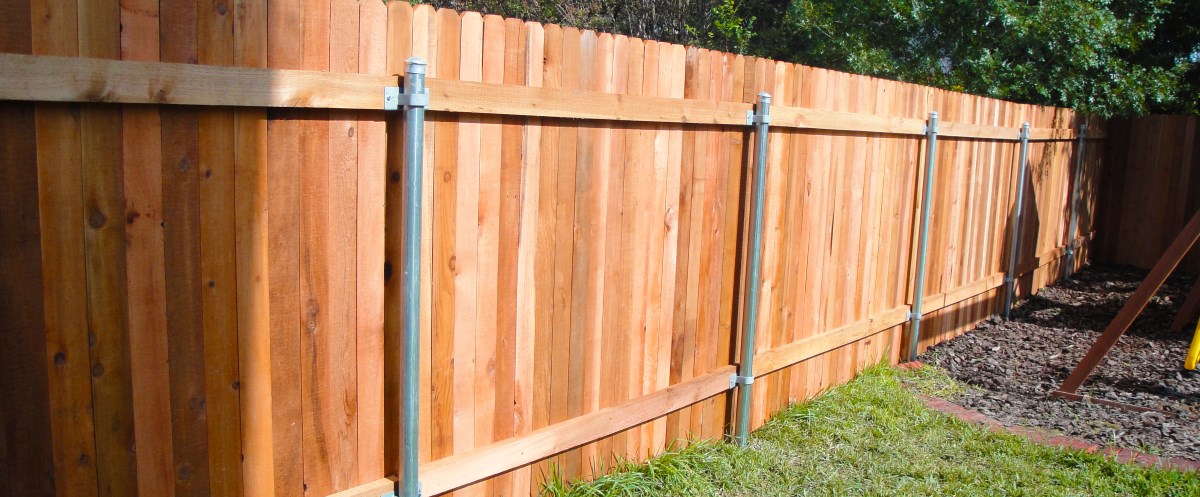
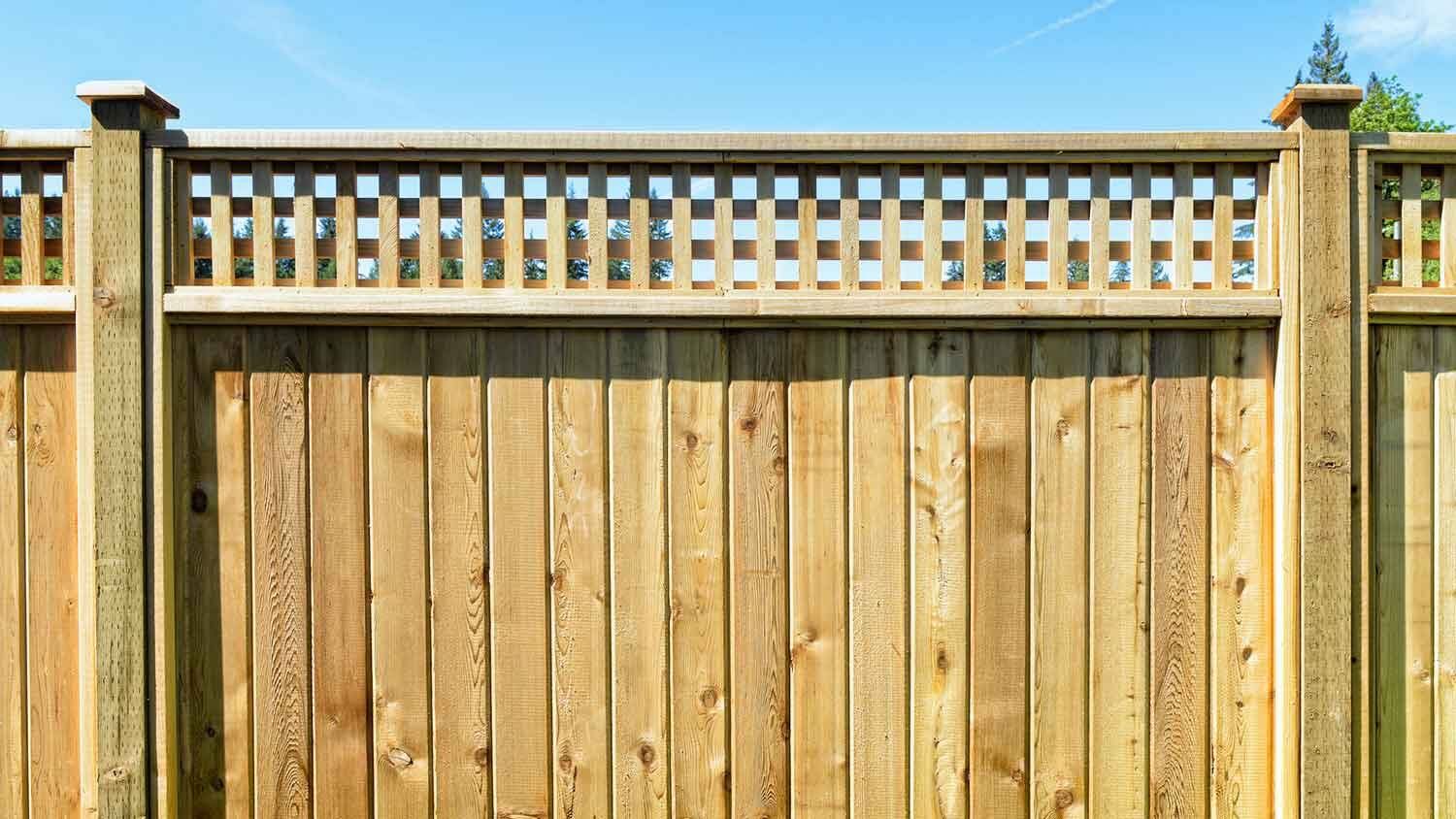
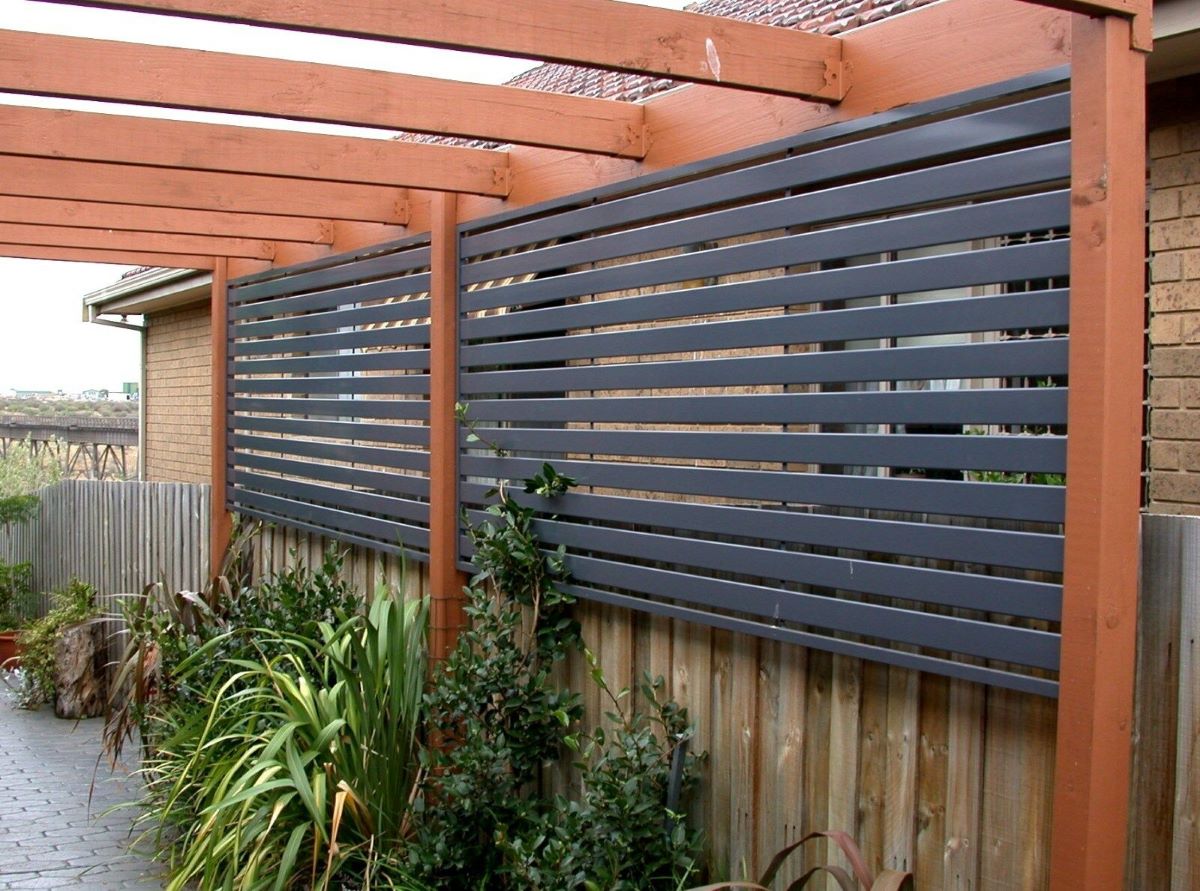
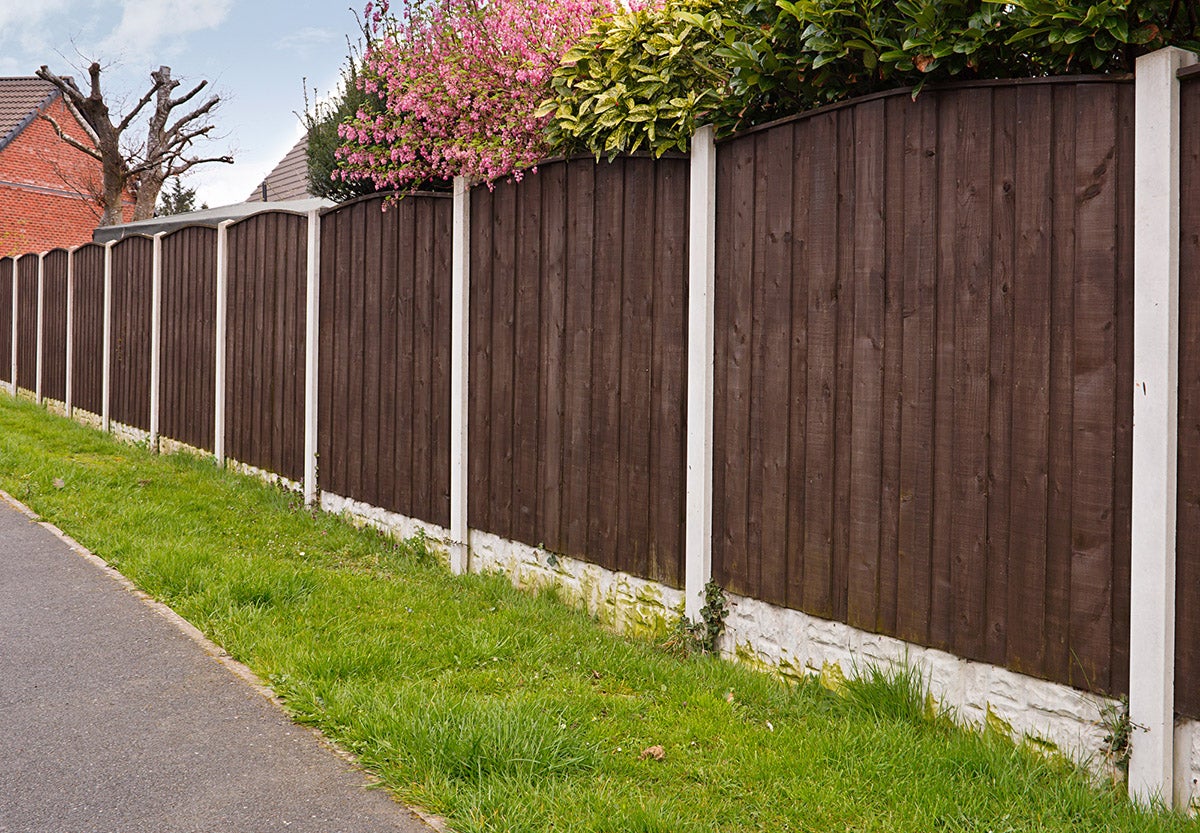
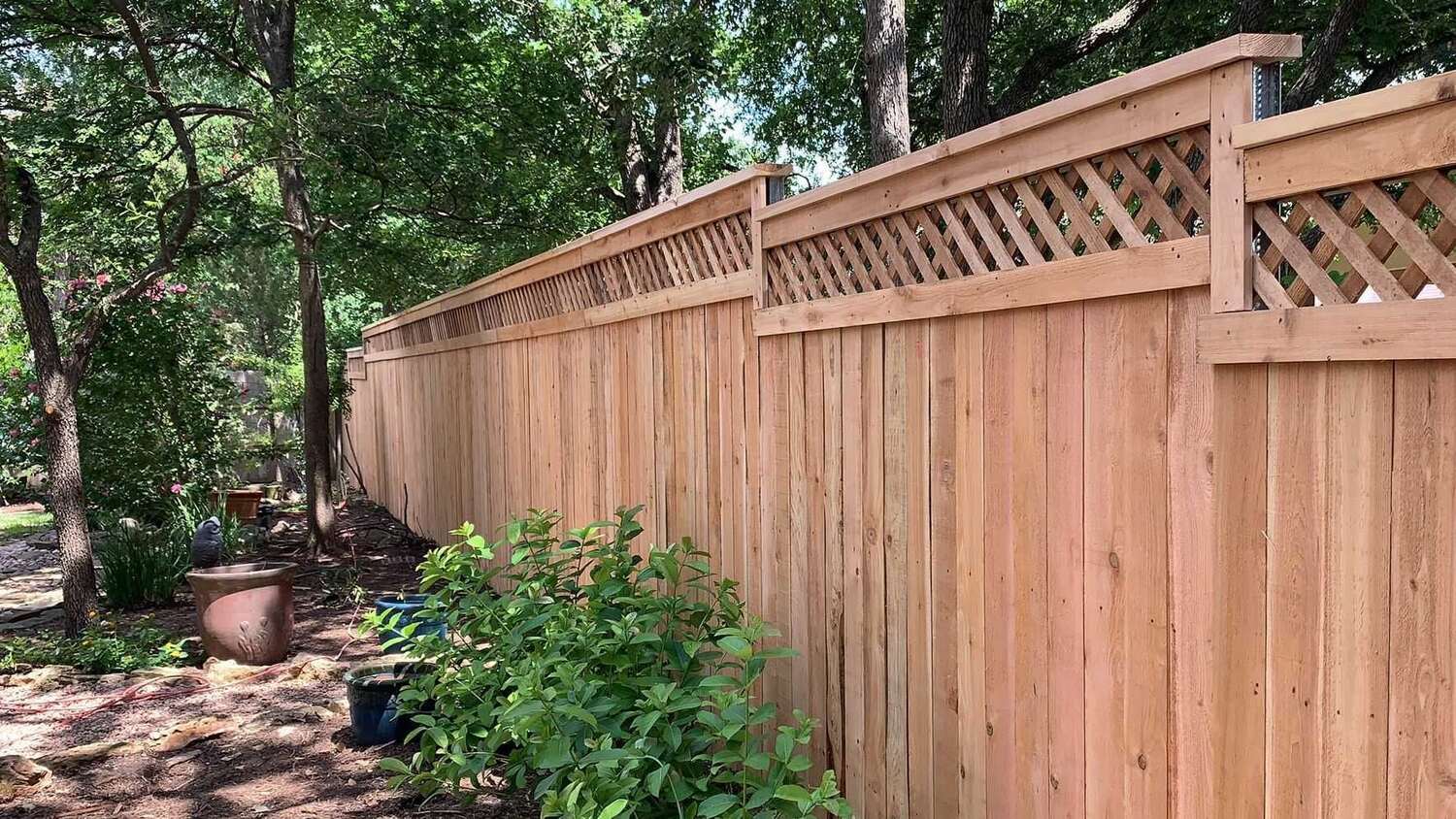
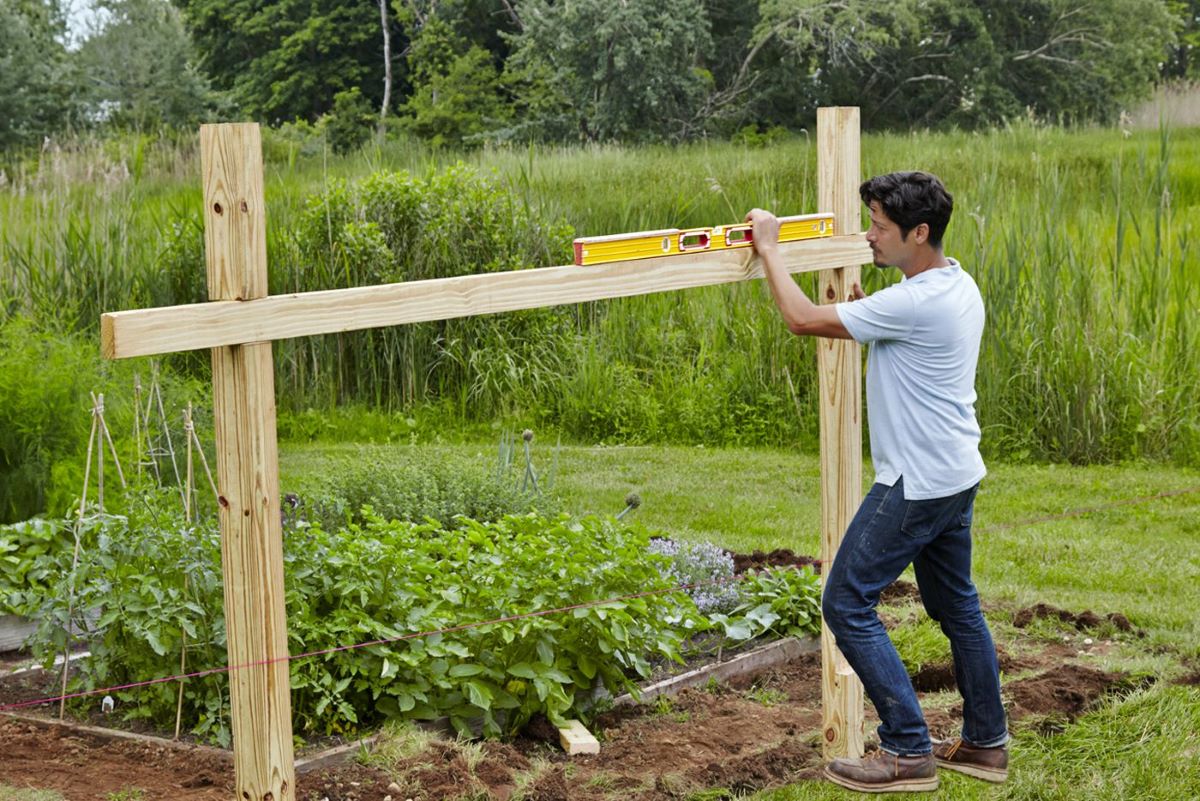
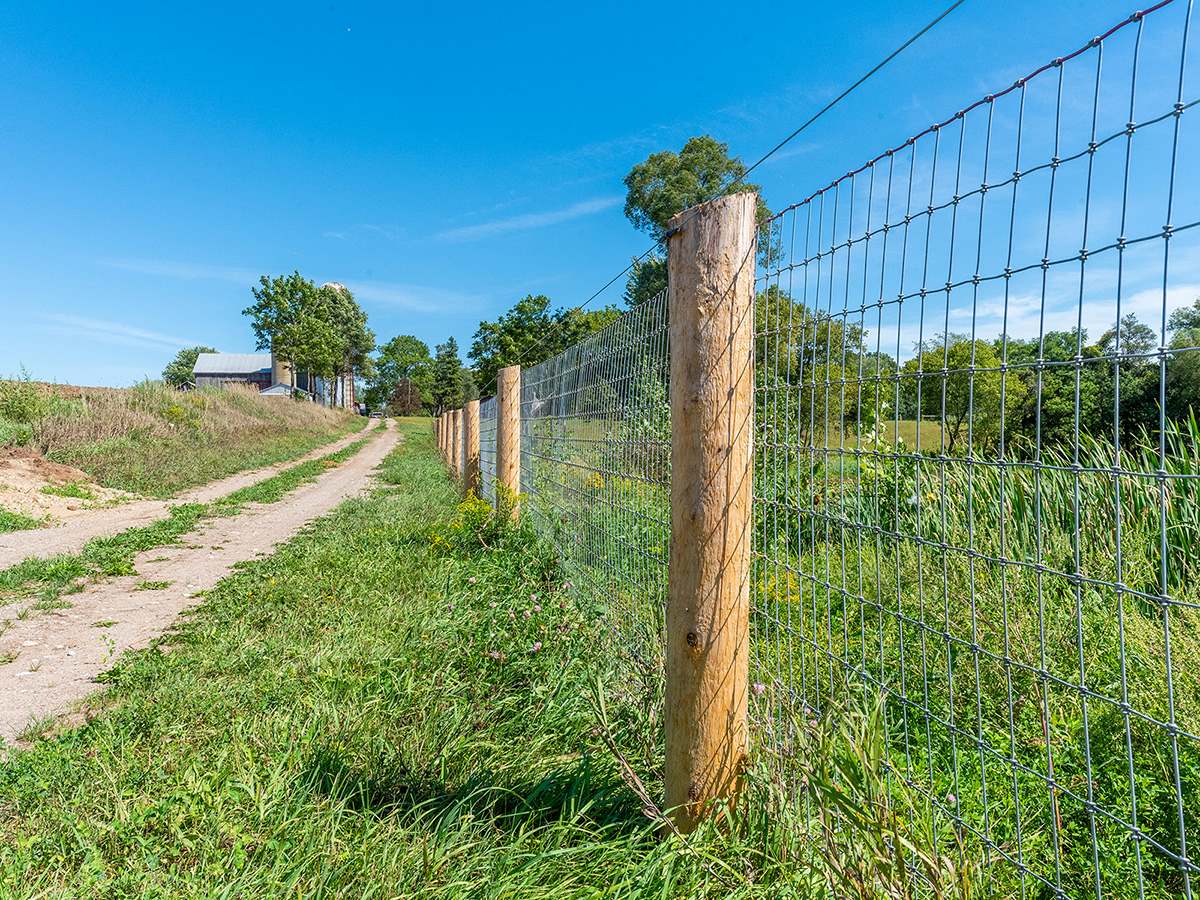
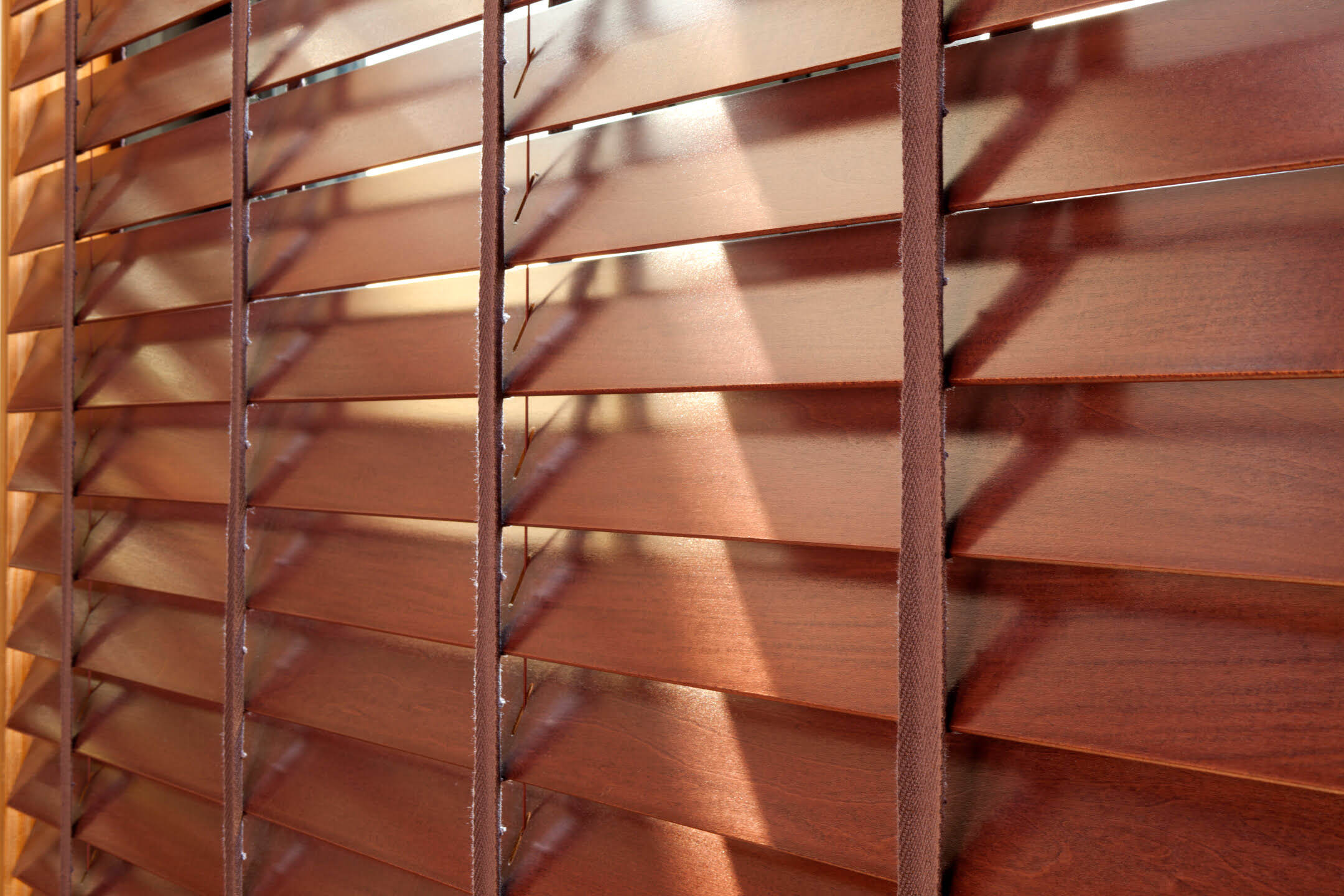
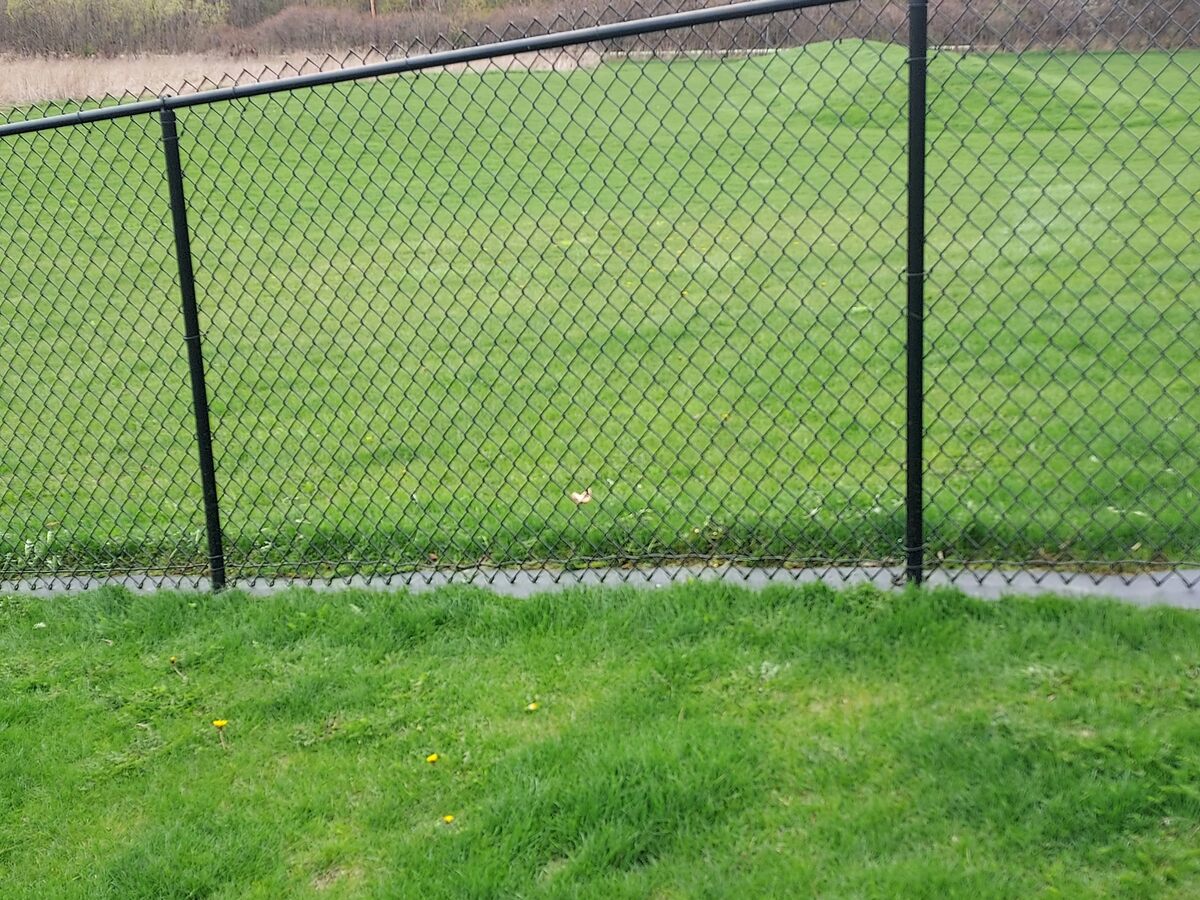
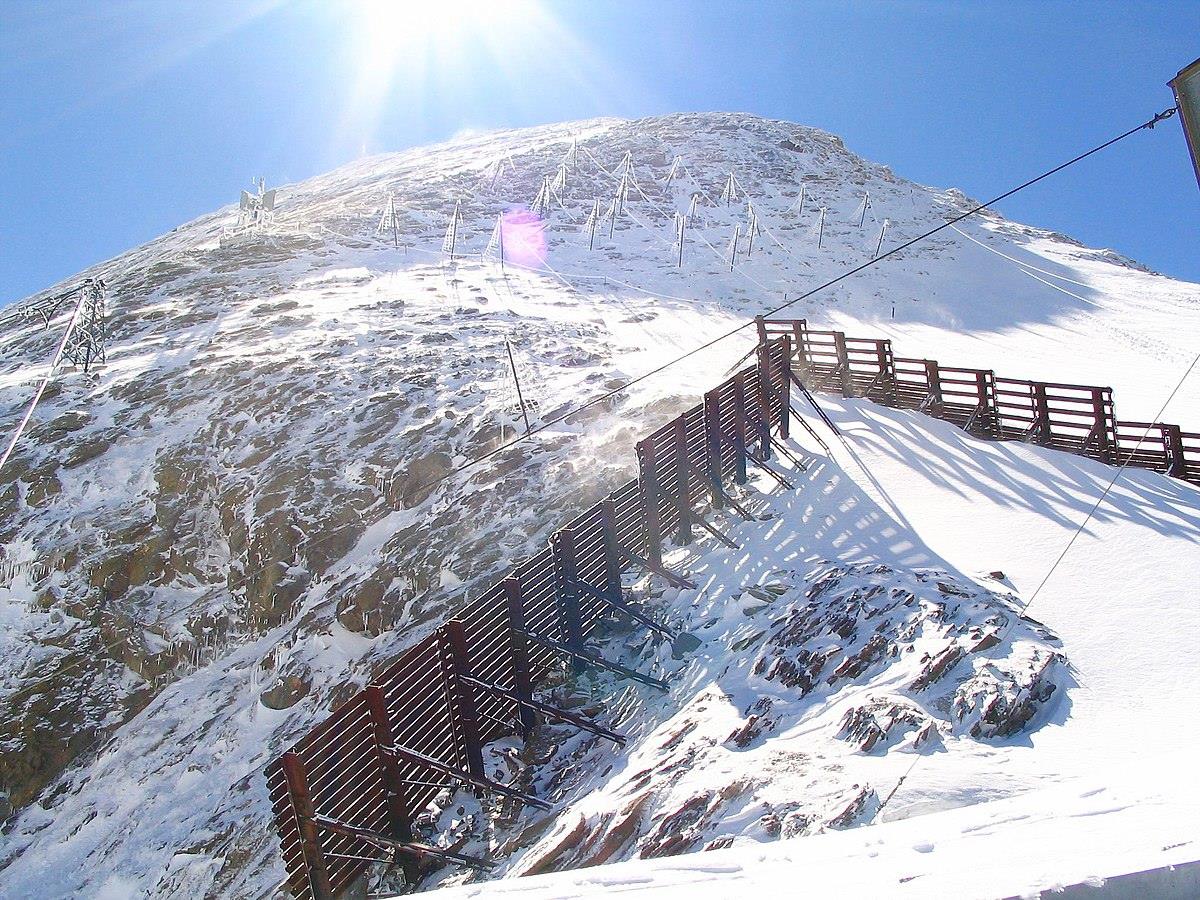
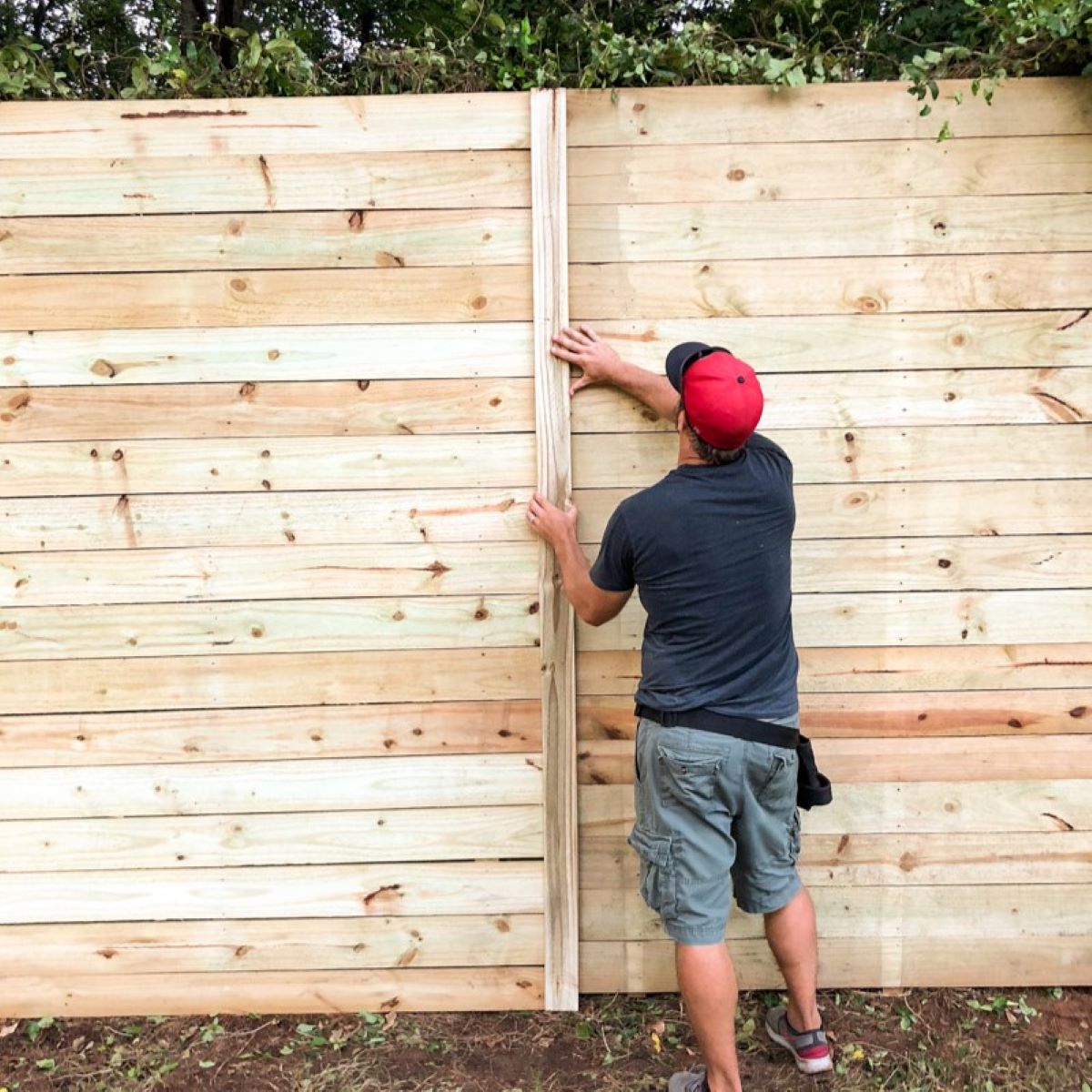
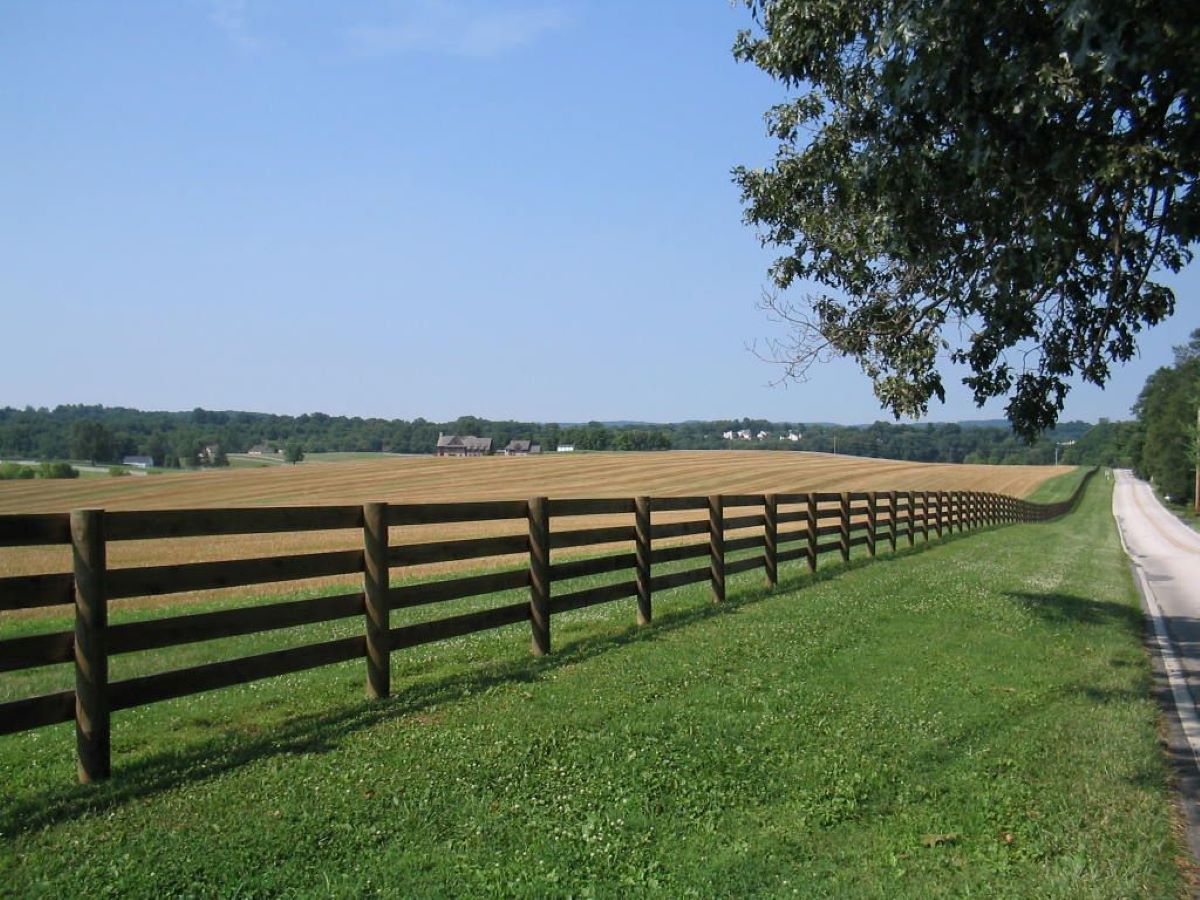

0 thoughts on “What To Put On Fence For Privacy”